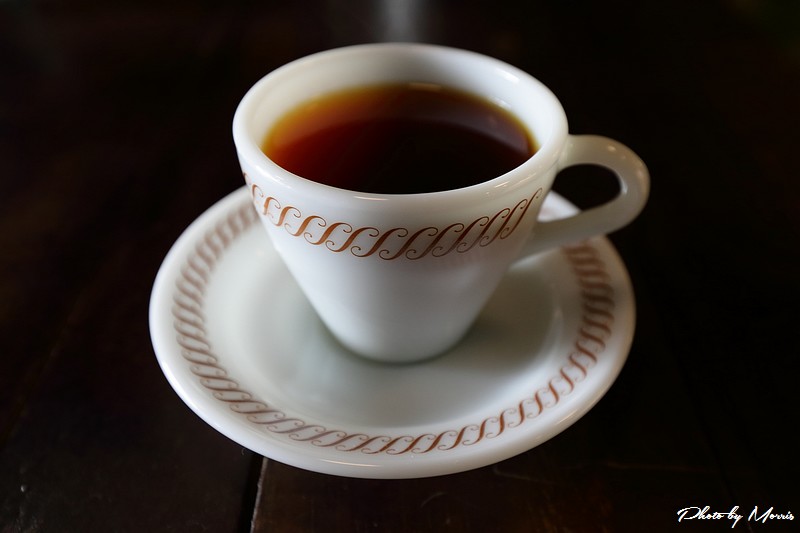What are the eight principles of cup testing?
The first principle: [clean], clean when light, and clean when strong.
It's like a room, it's easy to be clean when it's empty, but it has to be clean when it's full.
The second principle: [spindle flavor], that is, it represents the characteristics of this region. Cleanliness is the foundation, and an unclean cup of coffee represents a flaw, but clean coffee can easily become tasteless, so it must have a main flavor. The taste of this spindle is from hot to cold, any cooking method, any baking degree. No shallow baking, no deep baking or no shallow baking, and the same is true of cooking.
The third principle: [location], if there is a taste, there must be a place. If you say there is a smell of wild flowers, please mark the location of the smell. If it cannot be marked, then the taste may only be a written description of the cup test report. It's just your imagination.
The fourth principle [moving path], the smell will not just be fixed in a certain position, the taste will move. If it is fixed in a certain position, then the smell is dead, and if it is the same from beginning to end, it is also dead. Good coffee is alive and leaves a foot in every place where it feels.
The fifth principle-[hierarchy]. [layer] is hierarchical arrangement, [times] is orderly. It's an orderly arrangement. [hierarchy] includes at least 8 categories. Thickness, depth, weight, strength, thickness, width, rigidity and softness. Sticky thin
The sixth principle [richness and complexity], the so-called [richness]-the rich are more beautiful, and the rich are more beautiful, which refers to [sufficient and beautiful taste], [complexity], heavy repetition and chaos, which means [similar and messy taste]. All the good tastes are called rich, and the five tastes are called complex.
The seventh principle-texture, the so-called texture refers to-temperament, personality, texture, touch and so on. If you use the analogy of cloth, it will be more clear-silk, Luo, silk, satin, silk, velvet, cotton, hemp, cashmere, wool, acrylic cloth, polyester fiber, etc., different materials have different texture personality. it also distinguishes advanced, ordinary, gorgeous, simple, elegant, rough and so on.
The eighth principle-[coordination], the so-called "coordination" means that there is a day and an earth, a front and a back, a top and a bottom, a head and a tail, a left and a right.

Important Notice :
前街咖啡 FrontStreet Coffee has moved to new addredd:
FrontStreet Coffee Address: 315,Donghua East Road,GuangZhou
Tel:020 38364473
- Prev

The effect of Water quality on Coffee what kind of water do you use for coffee
Coffee contains 98% water. The quality of the water used to cook coffee has a significant effect on the quality of coffee. The best water for brewing coffee should be fresh and contain minerals and oxygen, and the hardness of the water should be moderate or lower. If the hardness of the water is more than 10 (dH), we would recommend using a filter element called CLARIS. If possible, the coffee maker
- Next
Pull tools pull flower espresso
There are mainly two kinds of coffee flower-pulling methods: pour into the shaping Free Pouring and use skilled skills to control the height of the milk pot, shake the range and speed of the milk pot, make the milk soak on the coffee to form different pictures, Etching carved eucalyptus on the coffee surface with milk bubbles, sauces and other things, use toothpicks or thermometers to draw various pictures of eucalyptus, this way does not require much skill
Related
- Beginners will see the "Coffee pull flower" guide!
- What is the difference between ice blog purified milk and ordinary milk coffee?
- Why is the Philippines the largest producer of crops in Liberia?
- For coffee extraction, should the fine powder be retained?
- How does extracted espresso fill pressed powder? How much strength does it take to press the powder?
- How to make jasmine cold extract coffee? Is the jasmine + latte good?
- Will this little toy really make the coffee taste better? How does Lily Drip affect coffee extraction?
- Will the action of slapping the filter cup also affect coffee extraction?
- What's the difference between powder-to-water ratio and powder-to-liquid ratio?
- What is the Ethiopian local species? What does it have to do with Heirloom native species?

